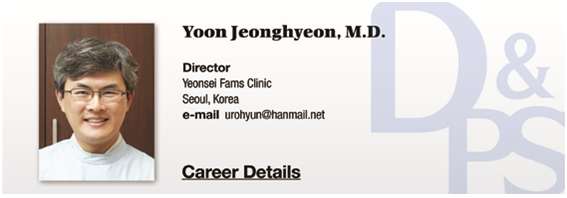
▶ Previous Artlcle : #19-4. The Composition, Principles, and Types of Lasers
The photoacoustic effect refers to the shock wave that is formed after light is absorbed by the target substance.
The pulsed radiation absorbed by the target is converted into thermal energy.
The temperature rises when the radiation is absorbed, while the temperature decreases when the radiation is stopped, causing temporary differences in the temperature on the irradiated site.
The expansion and contraction caused by the temperature changes are led to changes in pressure and then the shock wave, which is called the photoacoustic effect.
[Advertisement] MAGNUM(Q-switched Nd:YAG Laser) – Manufacturer: (www.i-dana.com)]
When heat is applied to particles (chromophores), the thermal expansion of the chromophores causes the shock wave extending to the surrounding tissues, which is called the stress diffusion.
When a particle is heated for an extremely short period of time, the stress generated within the particle does not have enough time to transmit the shock wave to the surrounding tissues, which is called the stress lock-in.
When the stress generated in the particle in the state of stress lock-in is considerably high, the particle may be broken.
However, the generated shock wave displays localized effects within the particle, and no stress diffusion occurs into the surrounding tissues (stress confinement).
The stress relaxation time refers to the time it takes for the shock wave generated from the center of the stressed particle to reach the particle boundary, indicating the irradiation time enough to create the stress lock-in state.
The selective photothermolysis is a theory published in Science by R. R. Anderson and J. A. Parrish in 1983:
“A suitably short and selectively absorbed light beam can selectively damage pigmented structures, cells, and organelles in vivo. Because the unique optical and thermal properties provide selectivity for the target, there is no need to accurately aim the laser.”

Distinction of plasma-induced ablation and photodisruption according to applied enervy density. Source : Markolf H. Niemz, Laser-Tissue Interactions: Fundamentals and Applications, Springer, 2007.




















